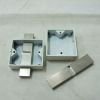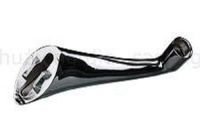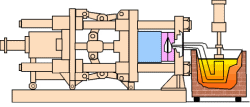What is Magnesium? It is usually depicted as a metal, second only to steel and aluminum in popularity. Aside from that, people don’t know much more about it, even though it has so many uses. So, what is magnesium?
Magnesium, with the chemical symbol Mg, is the ninth most abundant element in the universe by mass, and eleventh within the human body. Its many applications include making components for electronic devices, photoengraving plates for printing, paper manufacturing, and fireproofing wood. Ever heard of mag wheels? Those shiny high-grade car wheels which guys usually drool over in auto shops? They’re not called that because they’re always featured in car magazines – their name comes from what they’re made out of, which is magnesium.
One of the current major uses of the element is in die casting zinc. Because of its light weight, magnesium is one of the most commonly used metals for this purpose, as compared to zinc alloy and aluminum.
A lot of compounds can be made with magnesium, and these compounds, along with magnesium in its purest form, are used over a wide variety of industries. What is magnesium? It is a very important and useful element – it’s not just a third place metal behind steel and aluminum.

zinc Lock Parts lock components.
DieCastingZinc is a Zinc Die Casting Company
who produces zinc die casting tooling for zinc parts.
Look at this website page for more details:
zinc metal die casting parts.
Look at this webpage for
zinc diecastings prices. Email us at Sales@DieCastingZinc.com



